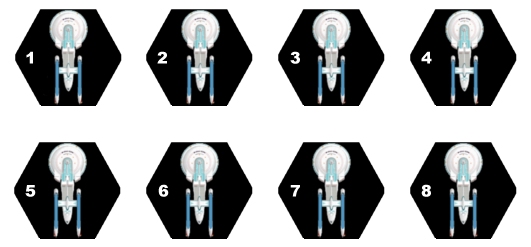![]()
Excelsior (Refit) Class ● Battle-Cruiser ● United Federation of Planets

CLICK ABOVE TO SEE A DOUBLE-SIZE BLUEPRINT
|
THIS IS ONE OF THOSE DESIGNS WHICH THE ORIGINAL
WRITERS at FASA never
anticipated, even though it was fairly safe to assume that the NCC-1701-B Enterprise
was going to be an Excelsior; especially after
ST:TNG made it plain that the Excelsior class had a very long life in
Starfleet. However, it seems silly to think the Excelsior class
would go 75 years without a significant refit, when even the
Constitution hull did not last that long without a major
external/internal overhaul. On the balance, the Excelsior refit is not
nearly as extreme as that done to the Constitution, but the differences are
great enough that I opted to separate the Excelsior refit from its base type,
giving them different ship pages, stats, and schematics. — BRT |

|
Construction Data: |
|
|
|
|
|
Hull Data: |
|
|
|
|
|
Equipment Data: |
|
|
|
|
|
Other Data: |
|
|
|
|
|
Engines and Power Data: |
|
|
|
|
|
Weapons and Firing Data: |
|
|
|
|
|
Shields Data: |
|
|
|
|
|
Defense Factor- |
unknown |
unknown |
unknown |
unknown |
* Denotes completely hypothetical model number and stats, devised by Brad R. Torgersen.

CLICK HEX GAME PIECES TO VIEW AND PRINT SEPARATELY